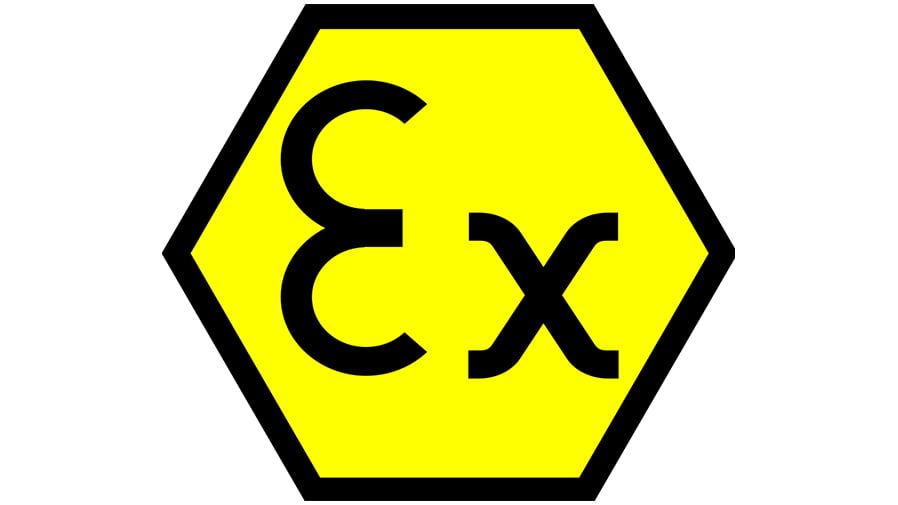When it comes to safety in hazardous environments, intrinsically safe standards are of paramount importance. We design these standards to ensure that electrical and electronic equipment can operate safely in potentially explosive atmospheres. But who sets these standards? The answer lies in the role of government and regulatory bodies. In this article, we will delve into the crucial role these entities play in establishing and enforcing intrinsically safe standards. Intrinsically Safe Store, as a leading provider of intrinsically safe products, understands the importance of these standards and commits to providing products that meet or exceed them. We invite you to explore our website to learn more about our offerings.
The Role of Government in Intrinsically Safe Standards
The government plays a significant role in setting intrinsically safe standards. This is primarily done through legislation and regulation. The government sets the legal framework within which businesses must operate, and this includes safety standards for potentially explosive environments.
For example, in the United States, the Occupational Safety and Health Administration (OSHA) is responsible for setting and enforcing standards to ensure safe and healthy working conditions. OSHA’s regulations include standards for hazardous locations, which require the use of intrinsically safe equipment.
The Role of Regulatory Bodies in Intrinsically Safe Standards
hese bodies include organizations like the International Electrotechnical Commission (IEC) and the European Committee for Electrotechnical Standardization (CENELEC).
These organizations develop standards through a consensus-based process that involves experts from around the world. They develop standards which national regulatory bodies then adopt, becoming part of the legal framework for safety in hazardous locations.

Case Study: The ATEX Directive
A prime example of the role of government and regulatory bodies in intrinsically safe standards is the ATEX Directive in the European Union. The ATEX Directive is a legal requirement that applies to all equipment and protective systems intended for use in potentially explosive atmospheres.
The European Commission developed the Directive and national regulatory bodies in each EU member state enforce it. CENELEC and the International Electrotechnical Commission (IEC) developed the technical standards that define what is considered intrinsically safe under the ATEX Directive.
The Importance of Government and Regulatory Bodies in Intrinsically Safe Standards
In conclusion, government and regulatory bodies play a crucial role in setting and enforcing intrinsically safe standards. These entities provide the legal and technical framework that ensures the safety of workers in potentially explosive environments. Intrinsically Safe Store, as a leading provider of intrinsically safe products, commits to meet these standards and provide our customers with the highest level of safety. If you have any questions about intrinsically safe standards or our products, please contact us.


























